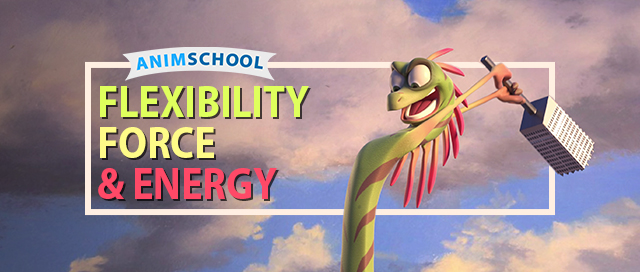
In this snippet from a live AnimSchool lecture, instructor Neave Lifschits offers his keen eye for detail and explains how animation, at its most basic level, is about forceful energy that pushes a shape change to deliver the idea of motion. Even simple lines can deliver a powerful performance and evoke an emotional response. After all, what is motion but an exchange of energy?
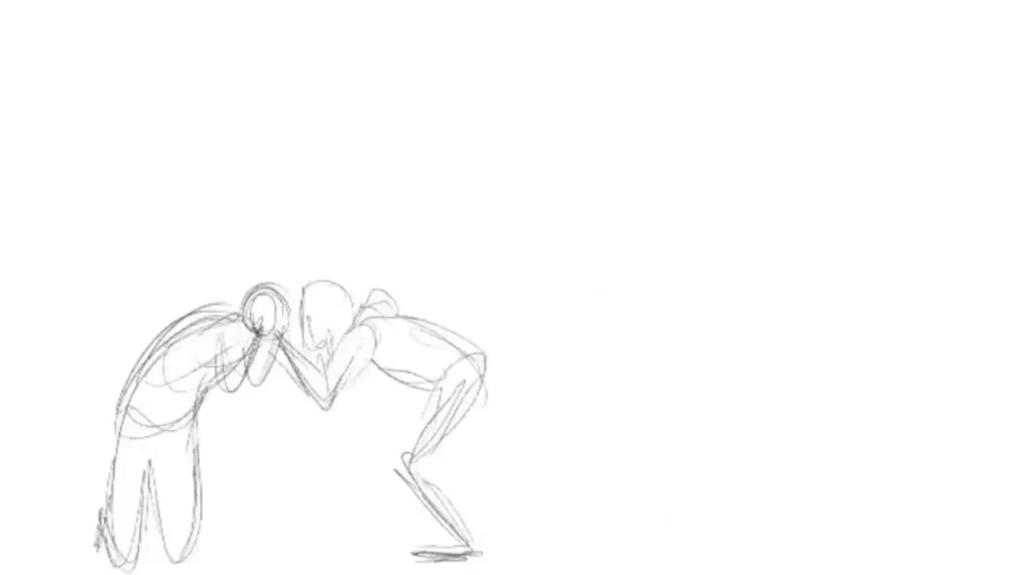
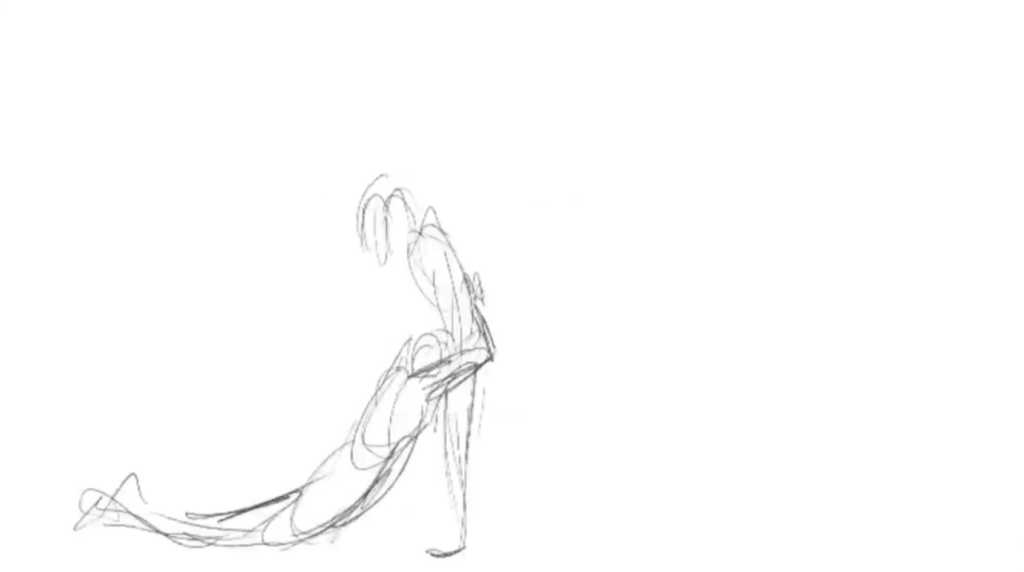
Lifschits uses an example from an animator who creates many compelling animations using simple lines and shapes to depict characters within an emotionally charged story. Though the animator neglects smaller details such as facial expressions, micro shapes within the body, etc., the gestures and overall shape language are enough to convey the artist’s message.
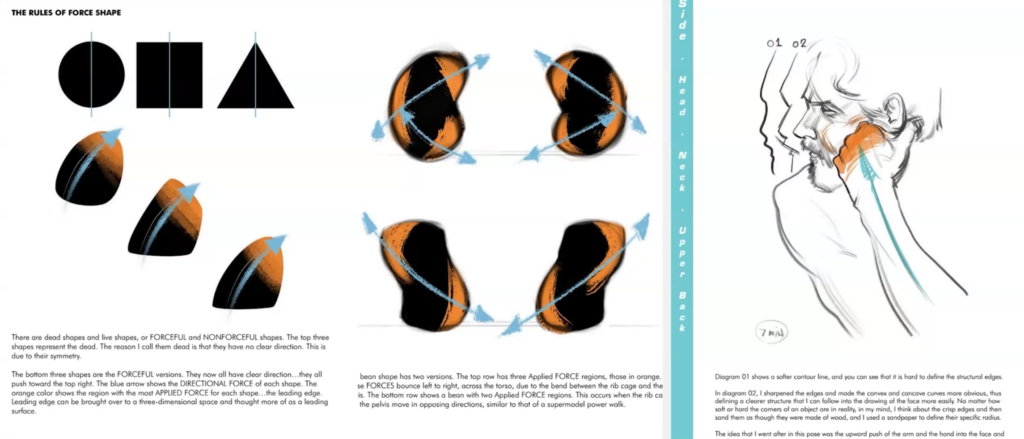
Lifschits also discusses Mike Mattesi’s book, Force: Dynamic Life Drawing, and relates the concepts back to animation. In the example from Mattesi’s book, different types of shapes with force are shown; this is similar to line of action, and simple vs complex shapes and poses within animation.
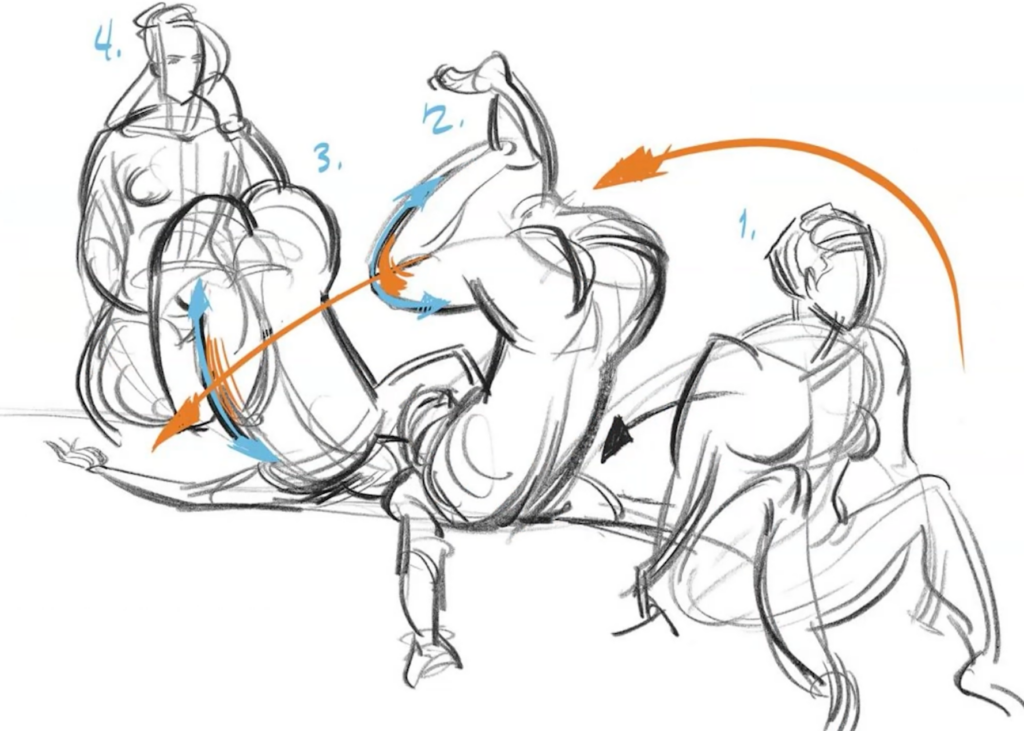
When animating a character in motion, consider what kind of force is being applied and in what direction. These forces can be physical, such as the body rolling over, or more abstract and emotional, like anger or tension. After determining the type of force and the direction, the poses can be fine-tuned to support that idea.
Shape change is the key to showing energy, strength, speed, and direction.

Lifschits explains that animators should always strive for some sort of shape change within a shot in order to avoid feeling rigid and add fluidity. Good shape change comes from paying attention to where contrast may be needed, as well as how the forces at play cause the change.
Watch the full clip from an AnimSchool lecture here:
At AnimSchool, we teach students who want to make 3D characters move and act. Our instructors are professionals at film and game animation studios like Dreamworks, Pixar, Sony Pictures, Blizzard & Disney. Get LIVE feedback on your Animation from the pros. Learn more at https://animschool.edu/

Leave a Reply